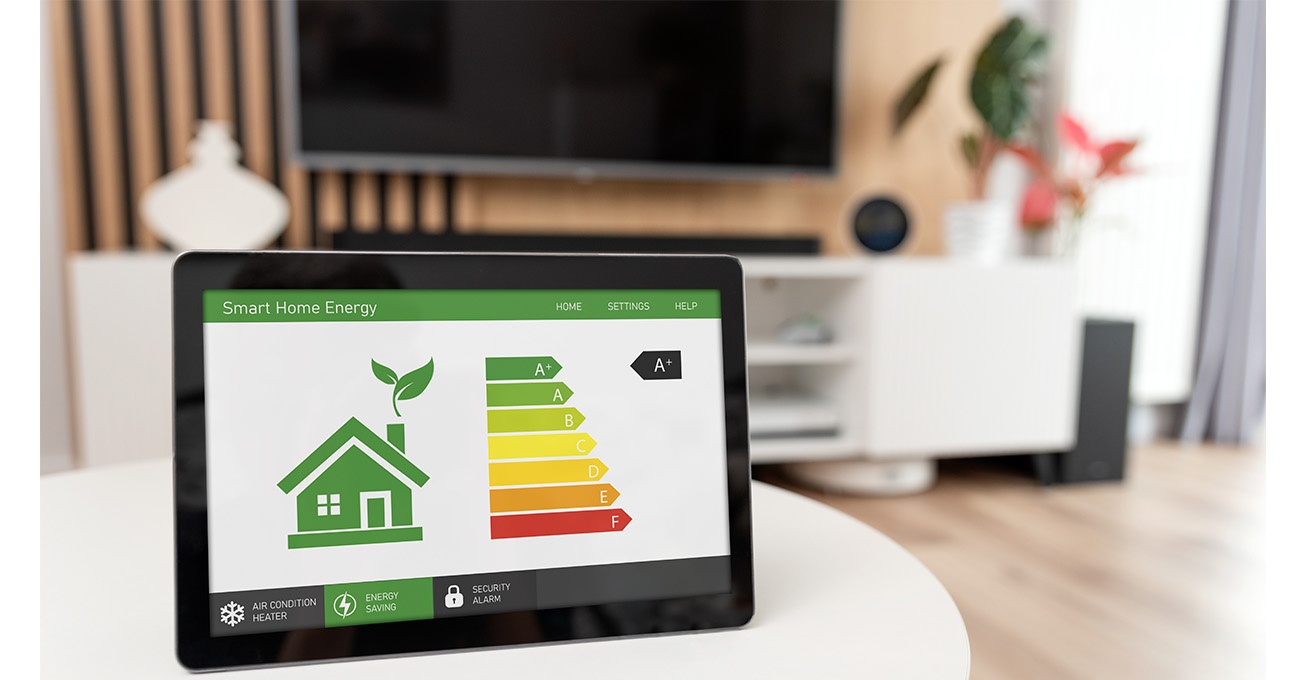Reducing energy consumption, limiting travel emissions, becoming a paperless operation and recycling equipment are some of the key measures businesses take to become a low-carbon or carbon-free operation. Yet few realise their website has a big role to play in sustainability, too.
Latest figures from environmental awareness organisation 8 Billion Trees shows that for every 10,000 hits per month, a website clocks up 60kg of CO2. Over the course of a year, that adds up to 720kg; the equivalent of regularly running five washing machines or driving 3,000 miles in a petrol car.
Martin Cole, CEO of sustainable hosting provider ProStack, highlights the 5 ways in which your website could be clocking up carbon – without you even knowing.
#1. Inefficient data centres
Whether the site owner realises it or not, many sites are hosted in huge data centres which can consume vast amounts of energy due to running multiple servers, along with the associated power required to keep those servers cool. Carbon-conscious businesses are now seeking hosting providers like Prostack who use efficient data centres powered by green energy. Data centre efficiency is measured in PUE scores (Power Usage Effectiveness), so check with your hosting provider what PUE score their chosen data centre has; a good figure is around 1.14; any higher and it’s unlikely to be environmentally friendly.
#2. A badly built website
Your website might look great at a quick browse, but it’s essential that it’s also built efficiently. A poorly built website won’t just affect your site’s performance and impact the quality of your users’ experience; it’ll consume more resources, too. Old scripts, excessive database queries and insufficient caching all place extra strain on your CPU memory and server load. This results in slower loading times (and even site downtime) which drains power more quickly on your end users’ devices and contributes to your carbon trail.
#3. Multi-media site content
Few businesses understand the impact that a website full of pretty pictures and videos might have on their carbon footprint. Heavily content-rich sites full of large files require more data to be transferred every time someone views a page on your site, which in turn requires more bandwidth and therefore more power. Making sure that any large videos, images or other interactive content on your website have been fully optimised will help reduce server strain and therefore your carbon load.
#4. Server location
When you sign up with a new hosting provider, it’s important to know about the data centre they’re using and where it’s based. If all of your clients are located in the UK but your hosting provider uses a data centre based in Australia, that data has a long way to travel before it hits their screen. We use and endorse services like Cloudflare CDN, which pulls in content from a users’ closest server location on demand. This not only benefits the environment but helps your site load faster.
#5. An unsustainable hosting provider
If your hosting provider doesn’t run a sustainable operation themselves, that will also count towards your website’s carbon footprint. It’s important to check that your provider uses data centres which run entirely on renewable energy. You should also make sure they’re fully ISO14001 compliant and that their own infrastructure is environmentally friendly. While each of these measures may sound small, switching to a sustainable hosting provider can have a tangible impact on your company’s overall carbon footprint – and your site’s performance.
ProStack is a leading sustainable hosting provider which supports SMEs and online businesses across the UK. To find out how ProStack can help you run a cleaner, greener and faster website, visit https://prostack.uk/sustainability/







